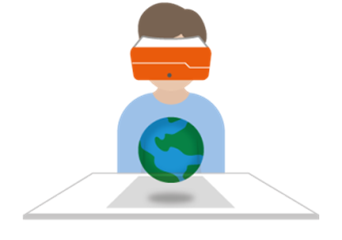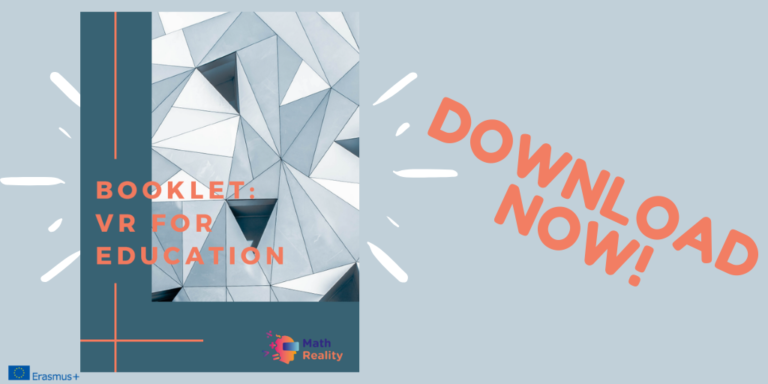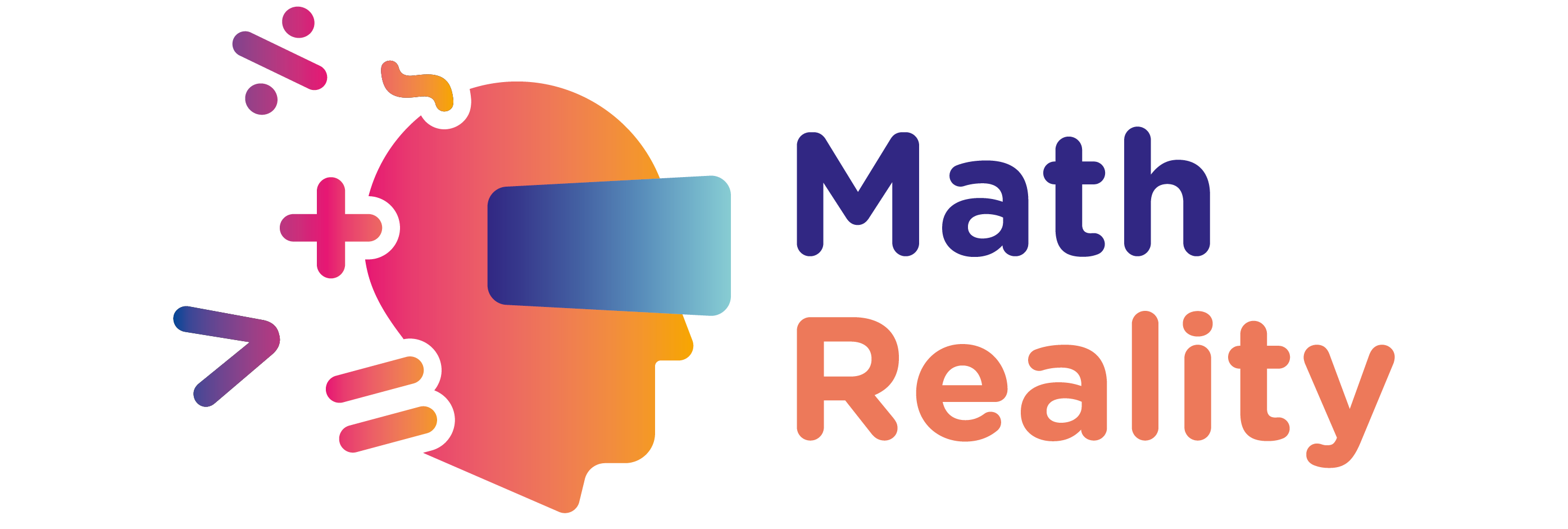“Good teaching is 1/4 preparation and 3/4 theater.”
Gail Godwin
Teachers are no longer surprised when they see how the students can easily focus their attention on their smartphones or other gadgets instead of keeping tabs on the lesson. And it must be pretty challenging to compete with such new technology whilst teaching through methods that have been around for hundreds of years… but things are beginning to change. Even for maths teachers. 🙂

Extraordinary teachers do it all: they will educate, teach, create, model and change. Teaching has far exceeded its classical definition, as it has now become a form of art, one that requires teachers to be widely skilled, with an enormous capability to adapt to all kinds of learners. The world we live in is constantly changing and we have to adjust at a very fast pace. The way we teach will have great influence on the way our students perceive all the important things in life.
During a regular lesson, the teacher will often be the controller, the prompter, the resource, the assessor, the organizer, the participant and the tutor. During a lesson that contains virtual reality, the teacher will also need to be all those, but more of a perfect organizer and an observer. Once you choose virtual reality to be part of your lesson, you should be able to put teaching aside somehow and allow the students to learn on their own, to discover information through the alternative reality they have access to.
As organizers, the teachers that include virtual reality in their classes will need to prepare everything to the smallest detail, as they have to introduce students to a completely new classroom environment. First of all, the room used for these lessons must comply with all the standards required by the manufacturers of the devices, making sure that using them will not have any harmful consequences on the students or the teachers. The first lessons may be a bit less rewarding because students will need time to understand the devices they are working with and the rules they have to follow in order to use them in complete safety. Therefore, the teacher should make sure that students are aware of the risks resulted from using such devices. Also, the teacher should try to channel his/her attention to every move the students make, anticipate what could happen and always be prepared to react to it.

As observers, the teachers using VR should pay attention to the students’ needs and the pace they learn through this method. For example, if some students find it easier to acquire information or to understand how the device and the software work, they have to be provided with extra material. Opposite to those will be the ones finding it difficult to deal with the new methods and the teacher should try to identify them too and find alternative tasks for them to do until they are able to keep up with the others.
In the end, teachers will be teachers, no matter the method and the devices they use while teaching, as their job will always be about catering to every student’s needs, trying to get the best out of a multitude of learner types and skills. But we have to agree on one thing: if done properly, the Virtual Reality has potential to revolutionize teaching and learning at the same time.
CHECK MORE ABOUT VR FOR EDUCATION:

